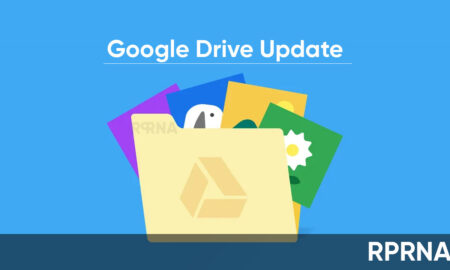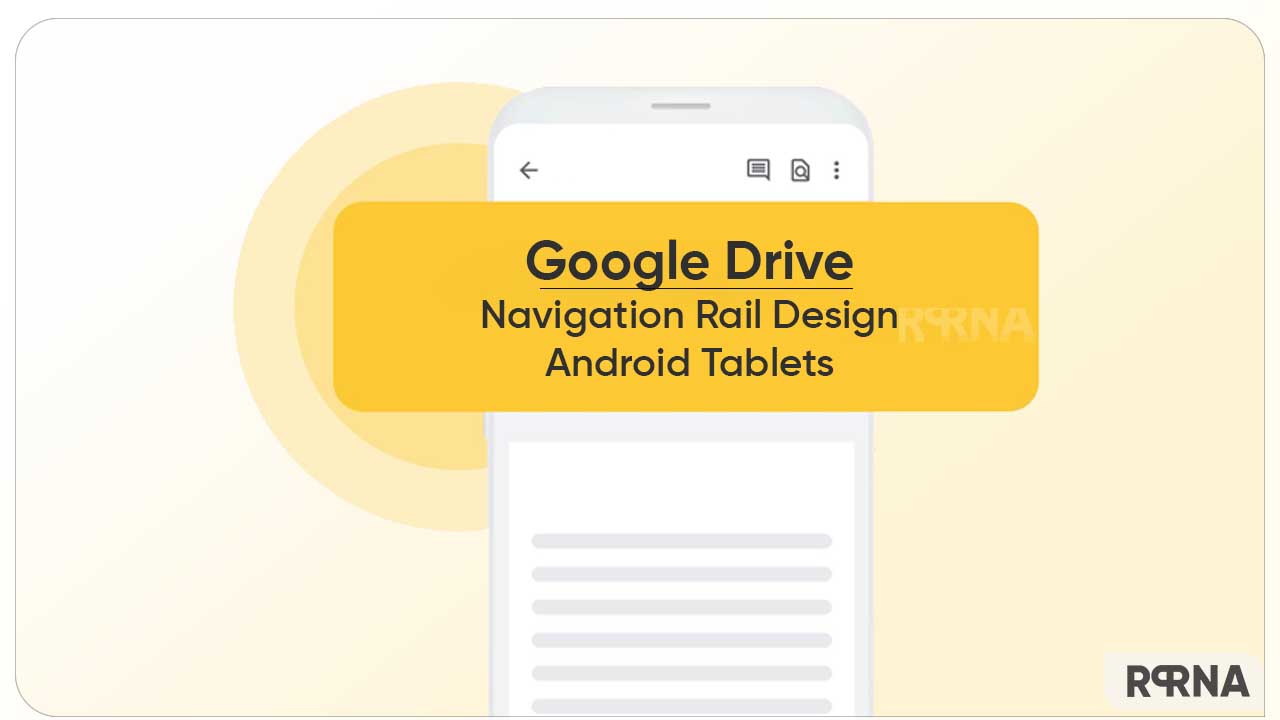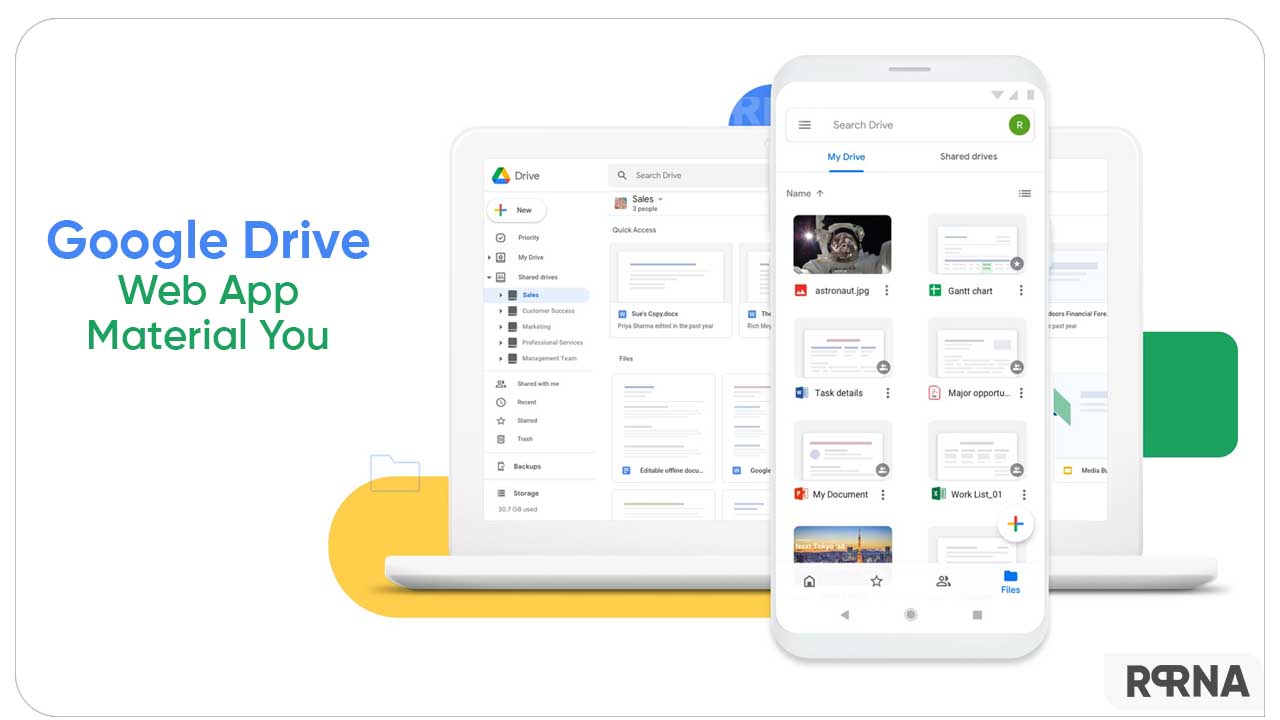Search results for "Google Drive"
-

 553Apps
553AppsGoogle Drive update makes videos load much faster, improved search filters
Google is bringing a new update to the Google Drive app. With this update, Google is adding Dynamic Adaptive Streaming over HTTP...
-

 943Apps
943AppsGoogle’s Tech Talk: Gboard app landscape mode major makeover | Google Drive new homepage | Google Message profile discovery | Chrome New Tab gets Material You
In the world of Google, we are here with the top 4 news related to Google and its apps. Let’s go one...
-

 523News
523NewsGoogle Drive getting new ‘Activity’ feed to access requests, comments more accurately
Google has recently added a new Activity feed to its Drive on the web. This page is particularly helpful for users who...
-

 1.6KNews
1.6KNewsHere’s how you can encrypt your WhatsApp backups on Google Drive safely
WhatsApp is one of the most popular instant messaging apps available today. Millions of users worldwide rely on WhatsApp to communicate with...
-

 757Apps
757AppsGoogle Drive app is getting a foldable-optimized update
Google Drive application is now getting an interesting foldable-optimized update. In addition, the US tech giant is giving some touch-ups to the...
-

 609Apps
609AppsGoogle Drive for tablets gets redesigned with navigation rail and new features
Google is making amendments to its applications and has redesigned the Drive app for tablets with new navigation rail and dynamic features....
-

 778Apps
778AppsGoogle Drive web app gets redesigned look with Material You
Google works focused when it comes to offering the most suitable experience to its users. Whether we look at Pixel devices or...
-

 2.1KApps
2.1KAppsDownload Latest Google Drive App – v2.22.257.1 [Android 12/13]
Google Drive is a file storage and synchronization service developed by Google. It’s part of Google Workspace, the safe place to back...
-

 429Apps
429AppsGoogle Drive adds keyboard shortcuts to accelerate file management
Google has introduced some thoughtful keyboard shortcuts to the Drive app that will speed up file management. This new pack is rolling...
-

 626Apps
626AppsNew Google Drive feature lets users easily access search directory
Google is regularly working to improve Drive’s search engine with a powerful tool called the Search Chip. Because it is not easy...
